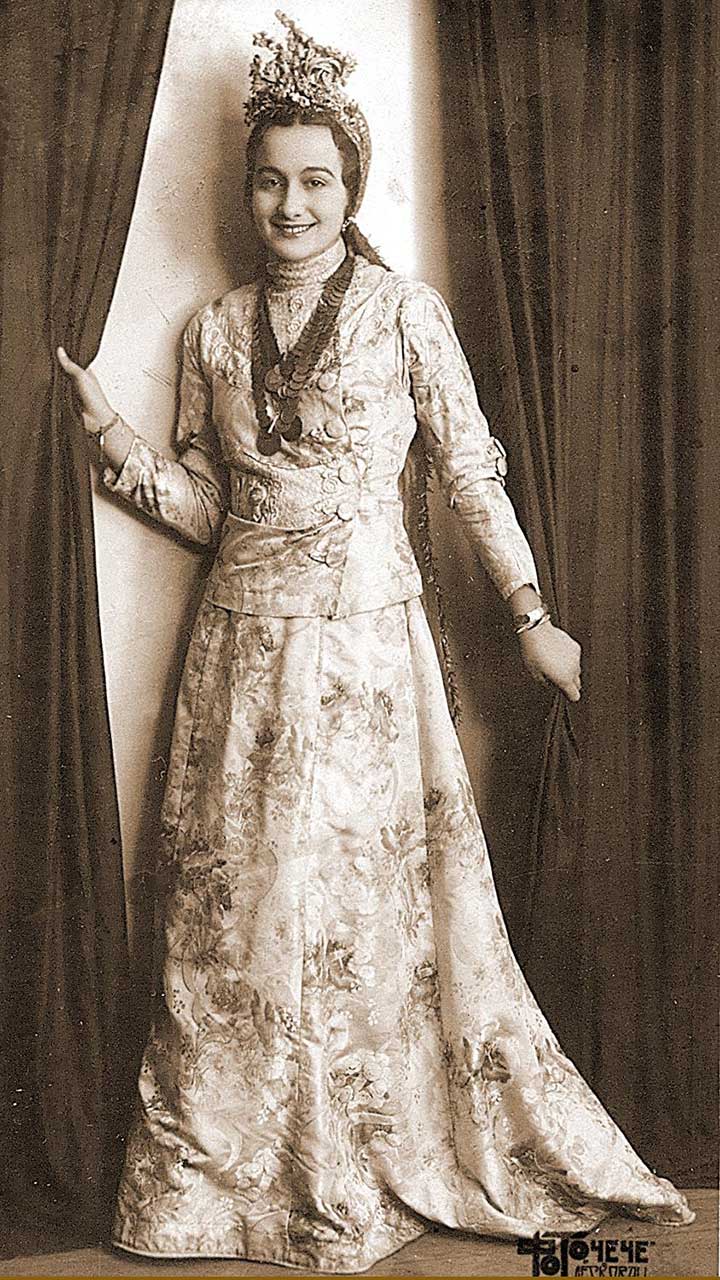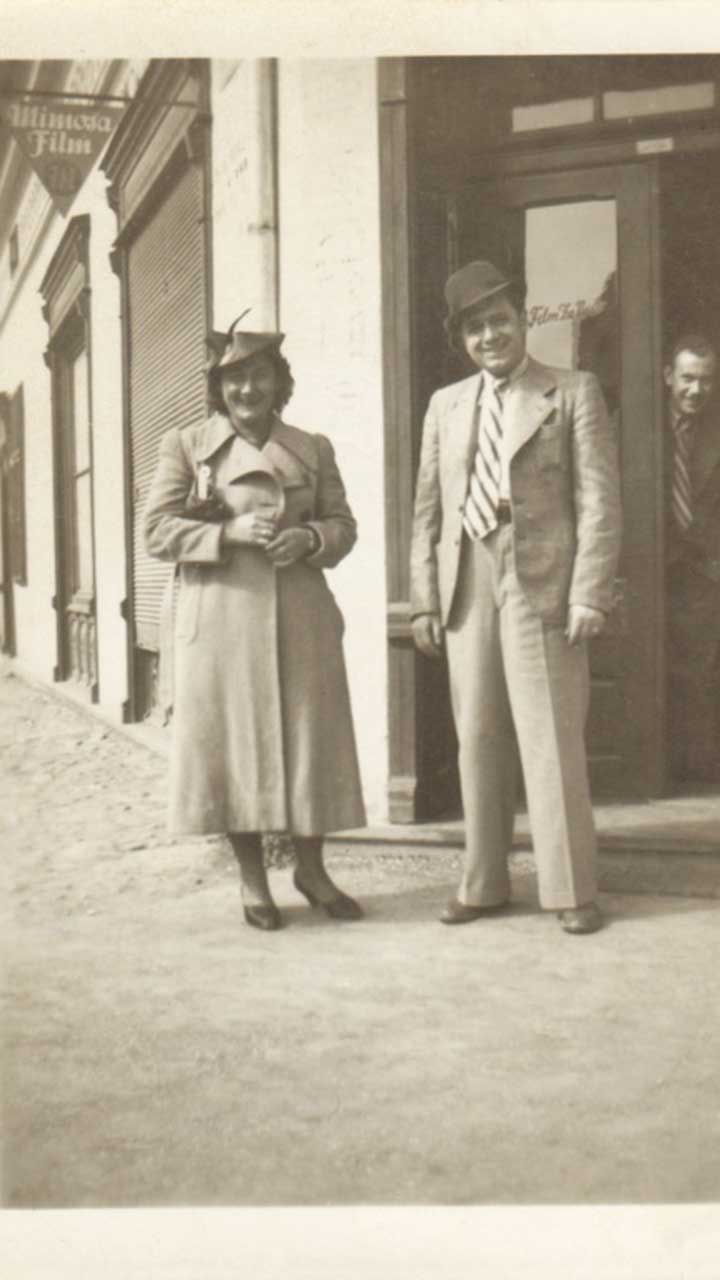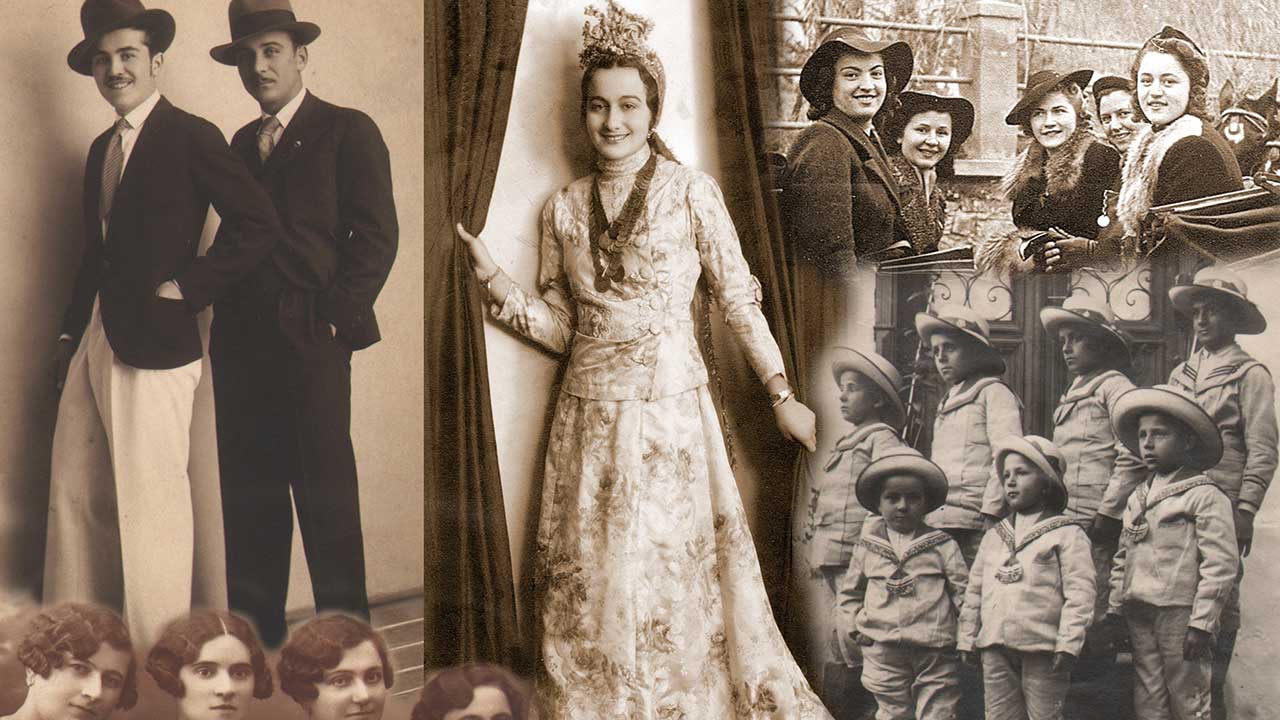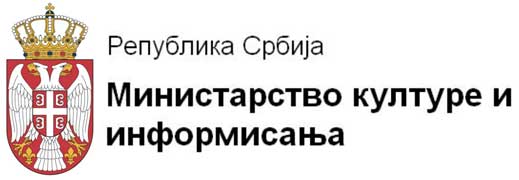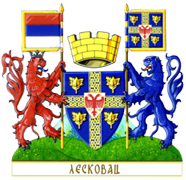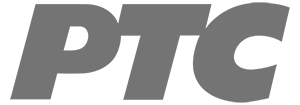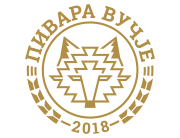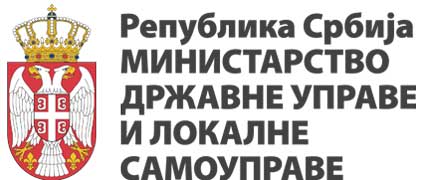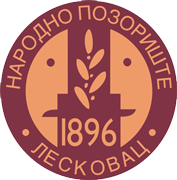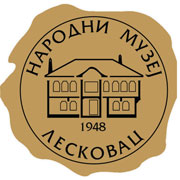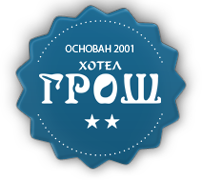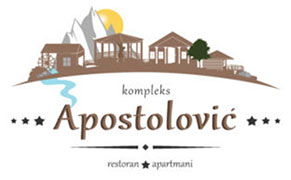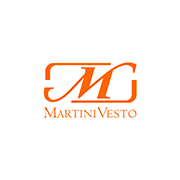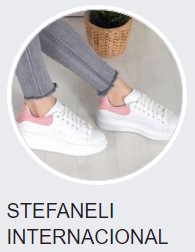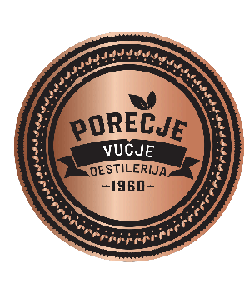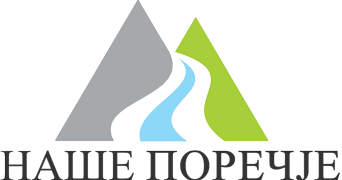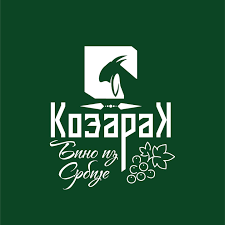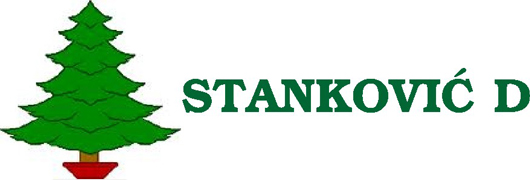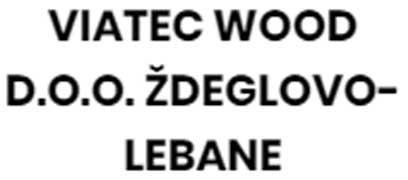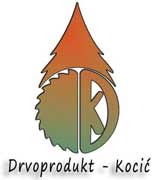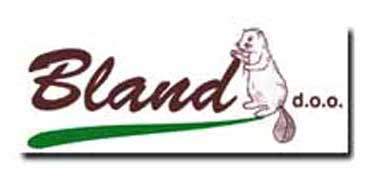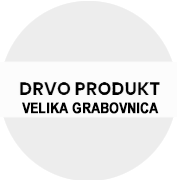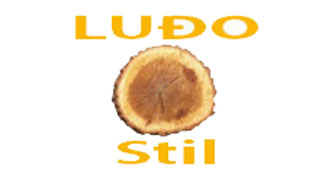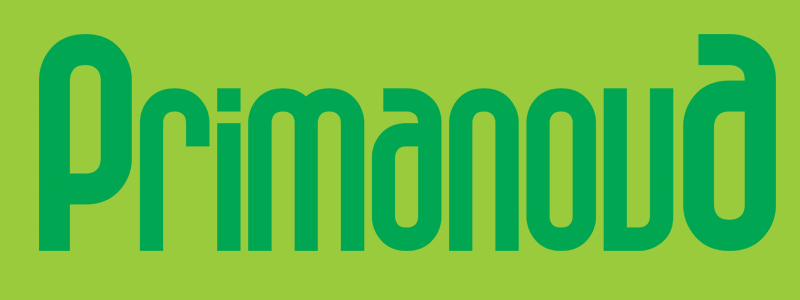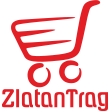European fashion was introduced to Leskovac through traders and students who brought it back with them from their journeys to the capitals of Western and Central Europe. Various fashion magazines and journals, such as, “Zena i svet,” (Woman and the world) and, “Ilustrovane novine,” (Illustrated newspaper) aided in the introduction of new fashion trends.
These changes in clothing style were easily spotted in a photographers’ studio: fathers would dress according to Turkish attire, sons in the European style and the ladies in accordance with the latest fashion.
Women in Leskovac have always liked to dress up and wear beautiful and stylish clothes. The men were not far behind in this habit.
The confection between the two world wars in Leskovac was only in its infancy and it was mainly reduced to cheaper winter coats and Tibetan "hubertuses".
Those ladies who competed against each other in matters of elegance frequented the more famous salons. Best known for their taste, elegance and of course, their prices were the following Salons: “Mode salon Dice,” Fashion Salon “Pekic,” the dressmaking salon of Zivadina Spiric in St. Kralja Petra, Rada Beogradjanka’s Salon and the hat salon “Margarita” Margaret DimitrijevicDamic in Laza Jovanovic’s palace.
Ordinary people, i.e. most of the citizens, did not buy new clothes and shoes frequently. Wardrobes were usually renewed in the spring or in autumn, when people purchased winter coats, winter clothing and rubber boots for snow.
Hats in Leskovac
When talking about the clothing of Leskovac one important detail cannot be omitted – the hat. It was a necessary element of clothing, not only reserved for fashionable ladies but an article readily worn by all women and men. Without it, one could not leave the house, not even to go to the market, not to mention weddings, the church and funerals. Secondary School female students wore French caps with a label of the grade they were in and male students wore navy blue caps with a label of the grade they were in.
Leskovac from Head to Toe
With elegant dresses and hats already seen to, some attractive footwear was most certainly in order; the women in Leskovac spent a lot of money on shoes. The, “Bata,” shoe factory from Borovo and, “Boston,” from Belgrade supplied the market with affordable footwear mainly intended for, “the masses.” Stylish ladies in Leskovac, who wanted not only the most modern, but also the most comfortable and softest shoes (those that fit like a glove), ordered them custom made.
Many of the men of Leskovac could best be described as dandies. They wore white shirts, appropriate ties, elegant leggings over their shoes and, "custom made," suits - a characteristic of many men who, “meant something,” within city of Leskovac. Rade Pekic was one of the best tailors in the 1930's. He was one of those tailors who knew how to sew modern clothes. Everything that appeared in Belgrade, he would offer to his customers fifteen days later.
Pharmacists were charged with the task of coming up with all manners of beautification regiments to be followed by the ladies of Leskovac; they produced all kinds of creams, powders, lipstick and recommended those products through advertisements in the various newspapers. The drugstore, “Zdravlje,” was the first pharmacy in Leskovac to sell floral perfumes, lipsticks and cologne, but for the ladies they also recommended a great selection of belts. In the Central Pharmacy of Bora Gavrilovic, ladies from Leskovac were buying creams, lipstick, colognes, scented soaps and perfumes. In addition, Gavrilovic also patented REUMIN, a balm which was produced in large quantities and was also exported to Switzerland. Leskovac’s soap and perfume factories were offering toilet soaps, “Zvezda,” (Kukar’s factory) and Vlajcic’s, “Dafna,” sold cosmetics, perfumes and, “Dafna,” toilet soaps of the highest quality.
The affluent ladies of Leskovac went to the elite hair and beauty salon of the brothers Petrovic on Niska Street, who were seen as being the, “specialists” for crop hairstyles worn in Belgrade.
Excerpt from the monograph
“The Golden Era Of Leskovac 1918-1941”
Zvonimir Šimunec
Mira Ninošević
Veroljub Trajković
